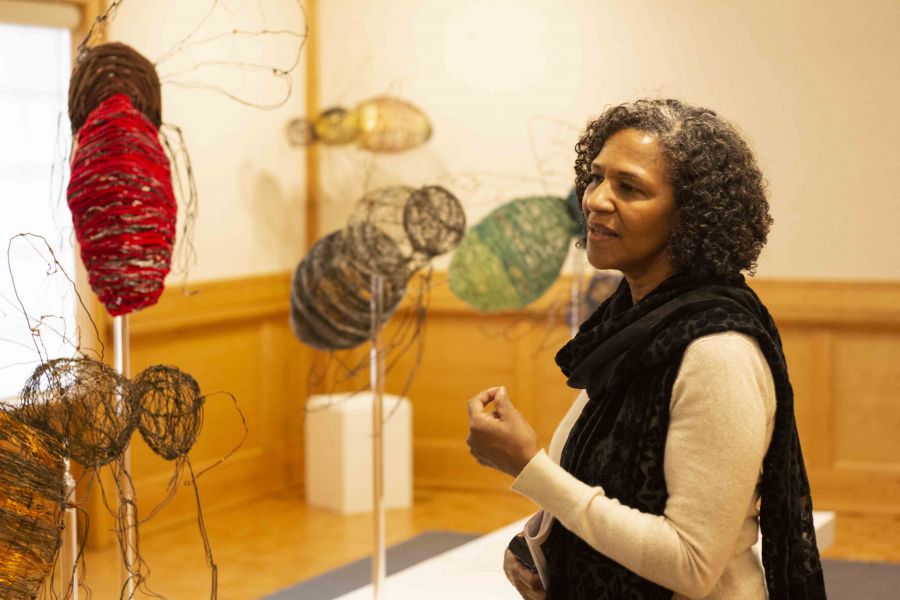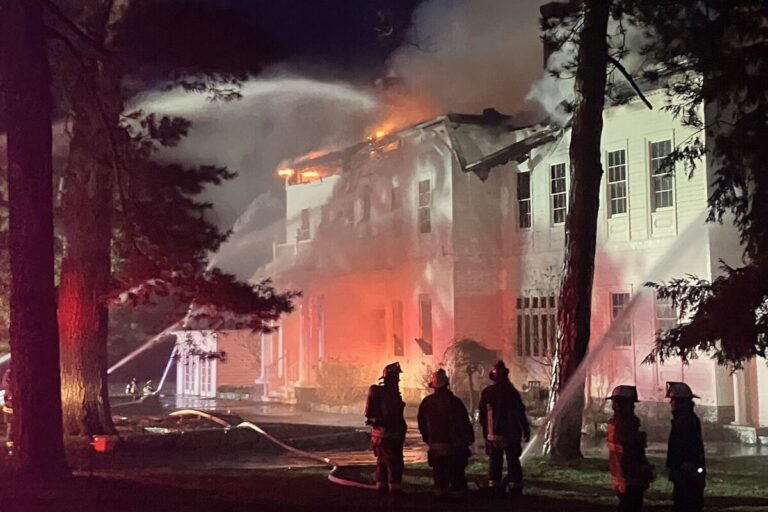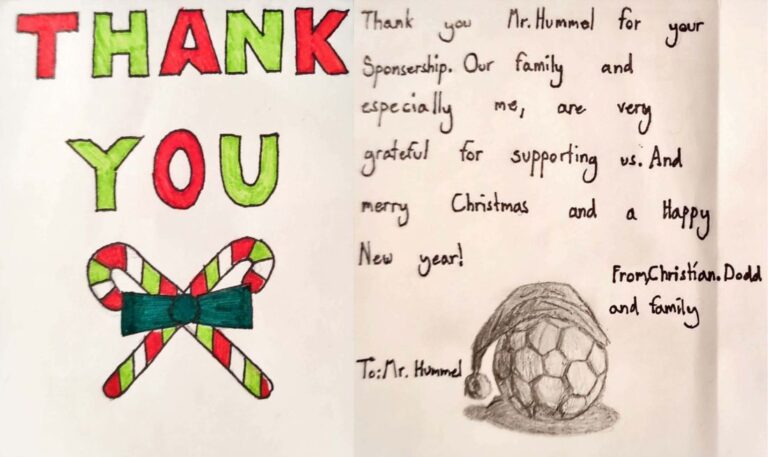For Charmaine Lurch, hosting an art show in Niagara-on-the-Lake was the perfect reminder of just why she does what she does.
The Toronto-based artist, with Jamaican roots, says a big focus of her art is to shine a light on the relationships between humans and the environment, with some emphasis on the struggles of migrant workers.
Lurch’s exhibit titled “Compounding Vision” was on display at RiverBrink Art Museum for the month of January, with a mix of painting, photography and wire sculptures.
She was asked to bring some of this installation to RiverBrink “because of the proximity to the river, the idea of the migrant seasonal farm workers and also enslaved black people who came across the border,” she said.
“Having grown up and always coming to the Niagara region, you pass the workers in the field,” Lurch said in an interview.
“It was really nice to come and think about me passing them and how that has now become a part of my work. To bring attention to them, not just as workers for our food production, but as real people with lives and how they move and what they mean to us past the means of production.”
The main features of the exhibition were wire sculptures of bees and pollen wrapped with wire and wool. Lurch said her sculptures work as a metaphor for migration, movement and pollination, with bees as the central metaphor.
“Bees are critical to our survival, but they are often invisible to us,” she said.
“Also invisible are the people who migrate across borders and boundaries, such as those who provide the seasonal labour required for pruning and picking on local farms.”
The sculptures were created in the image of bee species that are native to Ontario.
Making all the structures takes many hours, she said. With hundreds of wires. it’s a lot of work to wrap even one inch of the sculptures, which stand a couple of feet high. She involves a community of workers, including family and friends, who come in to help with the work.
This process also represents an integral component in the creation of the bees and pollen sculptures, Lurch said, which carries on to human life as well, where communities rely on vast networks of individuals.
“So then, you think about who is doing the means of production, who’s planting our work. So that’s a community of people planting the work and that’s how it becomes layered.”
By using wire as a medium, Lurch said she is able to access and think about the “invisible and the hyper visible.”
“The hyper visibility of people picking or black people, people of colour and also being visible. For me, a lot of this work happens in the spaces, right in the in-between that you can’t see. It’s still always there,” Lurch said.
Bringing attention to the meeting place of rich history that is Niagara was a large part of why “Compounding Vision” was brought to exhibit by Lurch.
If visitors could take anything away from her work, Lurch asked that people take more time to stop and notice.
“The people that moved into the area, the people that continue to move in the area and how we move differently. Whether it’s the pickers and the planters or the kind of migrants that are coming across the border or the tourists. It is actually a meeting place and all of those things come together in this area,” she said.










